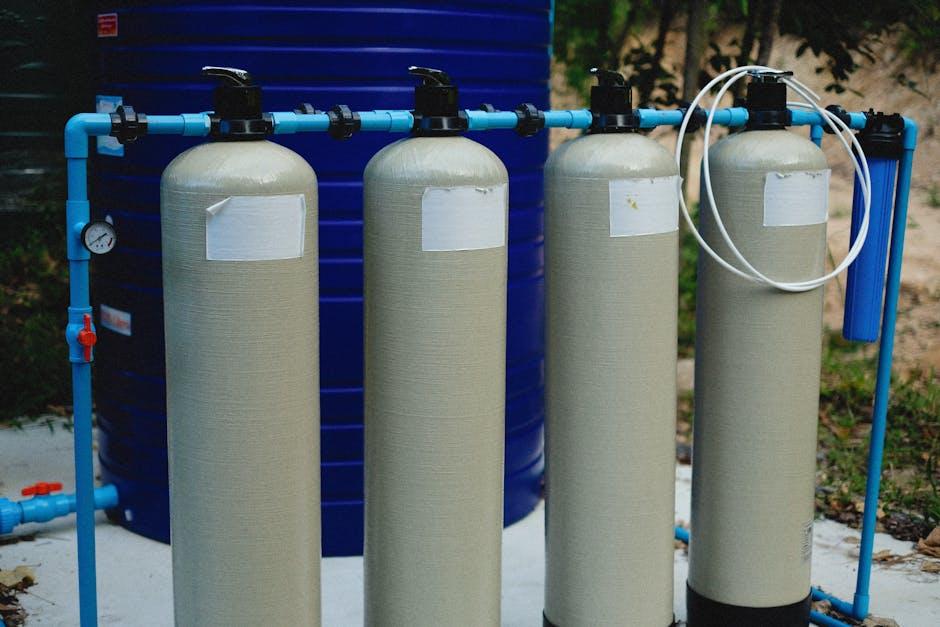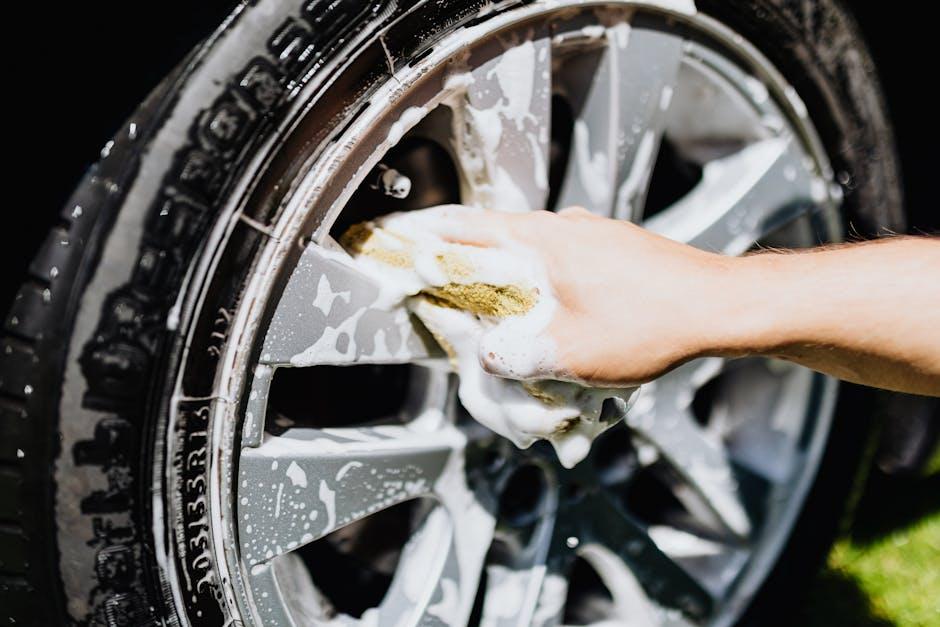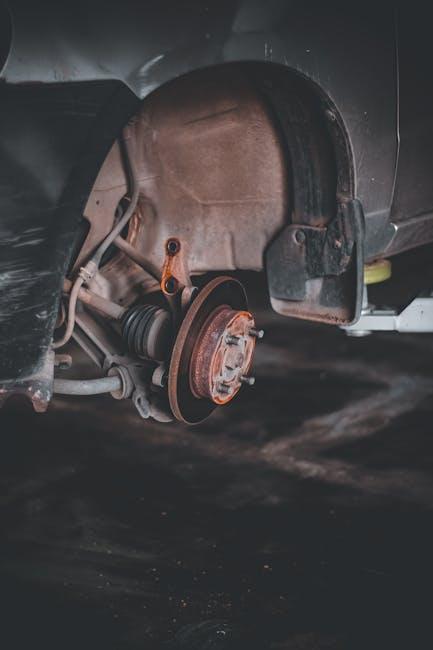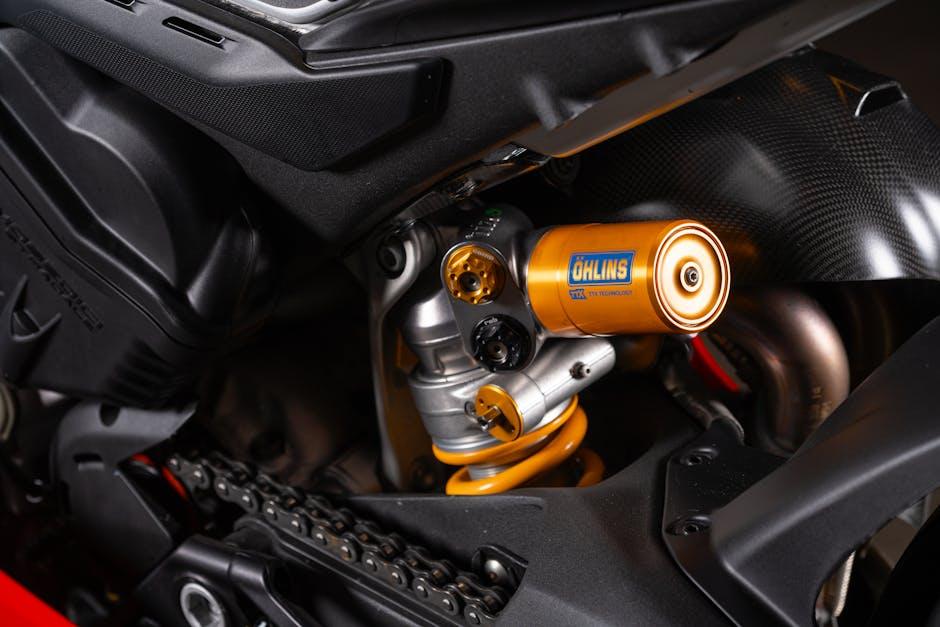As your trusty vehicle racks up the miles, each journey adds a chapter to its story—and a bit more wear to its components. High-mileage cars, often seen as seasoned travelers on the road, require a thoughtful approach to upkeep that goes beyond routine checkups. Preventive maintenance transforms from a simple chore into a strategic art, extending the lifespan of your vehicle and safeguarding your investments. In this article, we’ll explore practical tips and essential strategies designed to keep your high-mileage vehicle running smoothly, ensuring that every mile ahead is as reliable as the ones behind.
Table of Contents
- Understanding the Unique Needs of High-Mileage Vehicles
- Mastering Fluid Management for Longevity
- Essential Tire Care Strategies for Older Cars
- Engine Health Checkups That Matter Most
- Brake System Maintenance to Ensure Safety
- Suspension and Steering Tips for Smooth Rides
- Q&A
- In Summary

Understanding the Unique Needs of High-Mileage Vehicles
High-mileage vehicles demand a tailored approach that goes beyond routine check-ups and oil changes. As wear accumulates, each component’s tolerance levels shift, creating a need for more frequent inspections and specialized care. Key areas like the engine, transmission, suspension, and braking systems begin to show signs of aging that, if neglected, can lead to costly repairs. Understanding the intricate balance between maintaining performance and preventing breakdowns requires awareness of the changing mechanical dynamics caused by extended use.
Owners of vehicles with extensive mileage should adopt a proactive mindset, focusing on preventive strategies designed to extend the lifespan of vital systems. This includes:
- Enhanced fluid monitoring — regularly checking and replacing engine oil, transmission fluid, and coolant to avoid degradation-related damage.
- Targeted component replacements — swapping out parts prone to wear such as timing belts, water pumps, and suspension bushings before failure occurs.
- Detailed diagnostic evaluations — using advanced tools to detect subtle issues in engine and electronic systems early.
- Attention to tire and brake condition — maintaining optimal grip and stopping power to support overall vehicle safety.
| Component | Common Issue | Recommended Action |
|---|---|---|
| Timing Belt | Cracks/Wear | Replace every 60,000-100,000 miles |
| Transmission Fluid | Degradation | Flush and replace every 30,000-60,000 miles |
| Suspension | Worn Bushings | Inspect biannually, replace as needed |

Mastering Fluid Management for Longevity
Maintaining optimal fluid levels and quality is a fundamental practice that can significantly extend the life of a high-mileage vehicle. Over time, fluids degrade, become contaminated, or lose their lubricating properties, which can accelerate wear and cause costly mechanical failures. Focus on the most critical fluids such as engine oil, transmission fluid, brake fluid, coolant, and power steering fluid. Monitoring these regularly guarantees your vehicle’s components operate smoothly under stress and heat, reducing friction and preventing corrosion.
Key tips for fluid management include:
- Regularly check and top off fluid levels using manufacturer-recommended types.
- Schedule fluid flushes based on mileage and driving conditions, not just time intervals.
- Inspect for leaks or discoloration—cloudy or burnt-smelling fluids often signal engine or transmission problems.
- Use high-quality additives sparingly to enhance fluid performance, only if recommended by the vehicle manufacturer.
| Fluid Type | Recommended Change Interval | Signs to Watch For |
|---|---|---|
| Engine Oil | 5,000-7,500 miles | Dark color, sludge, low level |
| Transmission Fluid | 30,000-60,000 miles | Burnt smell, red/brown color |
| Brake Fluid | 2 years | Cloudy appearance, soft brake pedal |
| Coolant | 30,000 miles or 2 years | Rust color, low level, overheating |

Essential Tire Care Strategies for Older Cars
Maintaining the tires on an older vehicle isn’t just about safety—it’s about extending the lifespan of both the tires and the car itself. Start by regularly checking tire pressure, as aging tires naturally lose air faster. This ensures optimal contact with the road and improves fuel efficiency. Equally important is the inspection for tread wear. Worn-out tread significantly decreases traction, especially in wet conditions, so rotate the tires every 5,000 to 7,000 miles to promote even wear across all four tires.
Moreover, balancing and alignment should never be overlooked. Misaligned wheels cause uneven tire wear and strain suspension components, accelerating vehicle aging. Keep an eye out for cracks, bulges, or other signs of deterioration on the tire sidewalls—common issues for older rubber. Below is a simple checklist to keep your tires in prime condition:
- Weekly: Check and adjust tire pressure
- Monthly: Inspect tread depth and sidewalls
- Every 5,000-7,000 miles: Rotate tires and assess alignment
- Annually: Conduct a professional balance check

Engine Health Checkups That Matter Most
Keeping the engine in peak condition is essential for vehicles that have crossed the high-mileage threshold. Regular inspection of critical components such as the timing belt, spark plugs, and fuel injectors ensures smooth performance and prevents costly breakdowns. Never underestimate the power of a thorough oil analysis, as it reveals wear patterns and contamination that might otherwise go unnoticed. Incorporating a scheduled compression test can detect early signs of cylinder wear or head gasket issues, offering a clear picture of the engine’s internal health.
Here’s a checklist of vital checkpoints tailored for aging engines:
- Oil and filter changes: Stick to manufacturer recommendations but consider shorter intervals for older engines.
- Inspect air and fuel filters: Replace them to improve fuel efficiency and combustion quality.
- Check coolant condition: Prevent overheating by ensuring the cooling system is functioning optimally.
| Engine Component | Signs of Wear | Recommended Action |
|---|---|---|
| Timing Belt | Visible cracks, worn teeth | Replace every 60,000-100,000 miles |
| Spark Plugs | Misfires, rough idling | Inspect/change every 30,000 miles |
| Fuel Injectors | Poor acceleration, deposits | Clean or replace as needed |

Brake System Maintenance to Ensure Safety
Maintaining the braking system is paramount for high-mileage vehicles, where wear and tear can significantly affect stopping performance. Regularly inspect brake pads and rotors for thinning and scoring, as worn components not only reduce effectiveness but can also damage other parts. Check brake fluid levels and quality—contaminated or old fluid can cause corrosion and lead to brake failure. Additionally, listen for unusual noises or vibrations when braking; these subtle hints often signal parts in need of immediate attention, helping you avoid costly repairs down the road.
Some essential preventive steps to keep your braking system in prime condition include:
- Routine Brake Fluid Change: Replace fluid every 2 years or as recommended, to prevent moisture build-up.
- Visual Brake Inspections: Inspect pads, rotors, and calipers every 10,000 miles for early signs of wear.
- Monitoring Brake Performance: Stay aware of any pulling, sponginess, or delayed response during braking.
| Component | Check Frequency | Key Inspection Points |
|---|---|---|
| Brake Pads | Every 10,000 miles | Thickness, Uneven Wear |
| Brake Fluid | Every 2 years | Clarity, Level, Moisture Content |
| Brake Rotors | Every 15,000 miles | Warping, Scoring, Thickness |

Suspension and Steering Tips for Smooth Rides
Maintaining a vehicle’s suspension and steering system is key to ensuring a comfortable, safe drive, especially as mileage stacks up. Regular inspections can catch wear and tear early, from worn-out shocks that lead to bumpy rides to loose steering components that can compromise handling. Prioritize checking for leaks in the shock absorbers, uneven tire wear, and any unusual noises when turning or driving over rough surfaces. Addressing these issues promptly prevents costly repairs and keeps your vehicle responding smoothly to the road.
Incorporate these simple practices into your routine maintenance to extend the life of your suspension and steering systems:
- Wheel Alignment: Ensure your wheels are properly aligned to avoid uneven tire wear and stress on suspension parts.
- Regular Lubrication: Keep steering linkages greased to reduce friction and wear.
- Inspect Bushings and Joints: Replace cracked or deteriorated components that can lead to vibrations and unstable steering.
- Tire Pressure Monitoring: Maintain recommended tire pressures to support proper suspension function and fuel efficiency.
| Symptom | Potential Cause | Preventive Action |
|---|---|---|
| Excessive bouncing | Worn shocks or struts | Replace shocks promptly |
| Car pulls to one side | Misaligned wheels | Schedule alignment checks |
| Steering wheel vibration | Damaged tie rods or bushings | Inspect and replace parts |
| Uneven tire wear | Suspension imbalance | Rotate tires & check suspension |
Q&A
Q: Why is preventive maintenance especially important for high-mileage vehicles?
A: High-mileage vehicles have endured extensive wear and tear, making them more susceptible to breakdowns. Preventive maintenance helps catch issues early, extends the car’s lifespan, and keeps it running smoothly and safely.
Q: What are the key areas to focus on when maintaining a high-mileage vehicle?
A: Critical areas include the engine, transmission, brakes, suspension, and fluids. Regularly checking and replacing belts, hoses, oil, coolant, brake pads, and tires can prevent costly repairs down the road.
Q: How often should I change the oil in a high-mileage car?
A: While manufacturers provide general guidelines, high-mileage vehicles often benefit from more frequent oil changes—typically every 3,000 to 5,000 miles—using oil formulated specifically for engines with higher mileage.
Q: What role do fluids play in preventive maintenance?
A: Fluids like coolant, brake fluid, transmission fluid, and power steering fluid ensure your vehicle’s systems operate smoothly and don’t overheat or wear prematurely. Flushing and refilling these fluids at recommended intervals is crucial for longevity.
Q: Are there special considerations for tires on high-mileage vehicles?
A: Absolutely. Inspect tires regularly for tread depth and uneven wear, rotate them to promote even wear, and maintain proper air pressure to optimize handling, fuel efficiency, and safety.
Q: How can I monitor the condition of my vehicle’s belts and hoses?
A: Look for cracks, fraying, stiffness, or leaks. These components degrade over time, so replacing them before failure can prevent engine damage and roadside breakdowns.
Q: Should I be more attentive to the brakes on a high-mileage car?
A: Yes. Worn brake pads or deteriorating rotors can compromise safety. Regular inspections and timely replacements ensure responsive braking and peace of mind.
Q: Is it worth investing in high-mileage specific products?
A: Many manufacturers offer oils, fluids, and other products designed to address the unique needs of high-mileage engines, such as reducing leaks and minimizing wear. These can be a smart investment to maintain performance.
Q: Can preventive maintenance improve fuel efficiency in older vehicles?
A: Definitely. Clean filters, properly inflated tires, fresh fluids, and well-tuned engines all contribute to better fuel economy, helping high-mileage cars run more efficiently.
Q: How often should I schedule professional inspections for my high-mileage vehicle?
A: At least twice a year, or more frequently if you notice unusual noises, leaks, or performance issues. Professional mechanics can spot hidden problems and recommend necessary preventive measures.
Q: What’s the biggest mistake owners make with preventive maintenance on high-mileage cars?
A: Neglect. Ignoring scheduled maintenance or dismissing minor issues can lead to major repairs. Staying proactive and attentive is the best way to keep a high-mileage vehicle reliable.
Q: In summary, what mindset should I have towards maintaining a high-mileage vehicle?
A: Treat it like a classic treasure—some TLC now can save headaches later. Preventive care isn’t just about fixing problems but preserving value, safety, and driving enjoyment for many miles to come.
In Summary
In the journey of high-mileage vehicles, preventive maintenance is the compass that keeps you on the road longer and smoother. By embracing these simple yet effective tips, you not only preserve the vitality of your engine and key components but also extend the life of a trusted companion. After all, every mile tells a story—and with thoughtful care, your high-mileage vehicle’s next chapter can be one of reliability and continued adventure. Keep preventive maintenance a priority, and watch your car transform from aging metal into a timeless travel partner.
